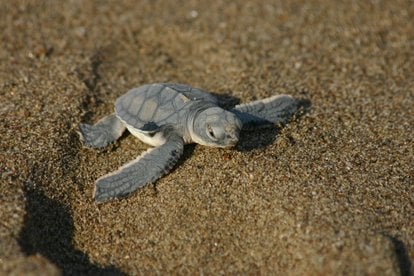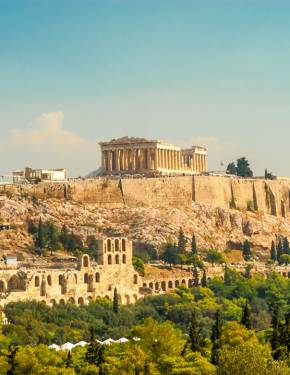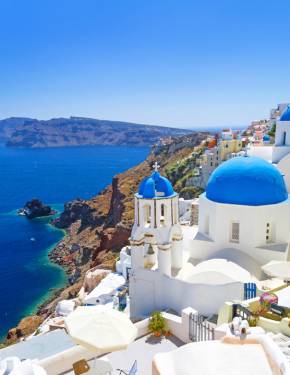Baby Turtle Watching in Cyprus 2026
Enjoy watching turtles in their habitat and volunteer to help with their preservation
Best time: June–September
Baby turtle watching in Cyprus is a captivating and unique experience, offering a glimpse into one of nature's most remarkable life cycles. Cyprus, with its pristine beaches and warm Mediterranean waters, is a critical nesting ground for two endangered species of sea turtles: the Loggerhead Turtle (Caretta caretta) and the Green Turtle (Chelonia mydas). With careful planning and respect for the natural habitat, turtle watching in their natural habitat can be a deeply moving experience that leaves a lasting impression.
Turtle Nesting and Hatching
From June to September, the beaches of North Cyprus become a haven for Loggerhead and Green turtles. During June and July, females come ashore to lay their eggs, which then hatch between August and September. According to organizers, visitors can witness these miraculous events, particularly during night tours when hatchlings emerge and make their way to the sea. The Marine Turtle Conservation Project (MTCP) organizes these tours, emphasizing the importance of minimizing noise and light to avoid disturbing the turtles.
Volunteering Opportunities
For those interested in hands-on conservation efforts, volunteering is an option. Volunteers assist in protecting turtle nests from predators like foxes by placing protective cages around them or relocating eggs to safer areas known as hatcheries. This work is crucial for the survival of these endangered species.
Where to see turtles in Cyprus
The best places to spot turtles in Cyprus are scattered along the sandy beaches of North Cyprus. Key turtle nesting sites include Alagadi Beach near Esentepe, Golden Sands on the Karpaz Peninsula, and the Akamas Peninsula. Lara Beach in Paphos and Alagadi Beach are particularly noteworthy for their conservation centers for nature's gentle giants. The centers not only protect these endangered species with measures like protective cages but also educate visitors through guided tours and informative displays. Throughout the nesting season, the beaches are closed to the public at night; however, you can join a small group tour under the supervision of the Marine Turtle Conservation Project. According to the organizers, booking a tour in advance is essential due to limited availability. Prices vary, with some tours being free for volunteers while others charge a fee that supports the conservation efforts.
Nearby Cities
The closest city to Alagadi Beach is Kyrenia, approximately 30 minutes away by car. Kyrenia offers a range of accommodations, restaurants, and other tourist attractions, making it a convenient base for turtle watchers. Similarly, for those visiting Lara Beach, Paphos is the nearest city, offering a variety of amenities and attractions. Paphos is well-known for its historical sites, vibrant nightlife, and beautiful coastal views, providing a perfect blend of relaxation and adventure for visitors.
Conservation in Action
The turtle conservation efforts in Cyprus date back to the late 1980s when the Society for the Protection of Turtles (SPOT) was founded by British expatriates and local philanthropists. The Marine Turtle Conservation Project, initiated in 1992, brought scientific rigor to these efforts with the involvement of the University of Exeter. Over the years, the project has grown to include extensive monitoring, public education, and active conservation measures.
One of the significant milestones has been the designation of several Specially Protected Areas, which has helped increase the population of nesting turtles. Annual clutch counts indicate a positive trend, suggesting that conservation efforts are yielding results.























































